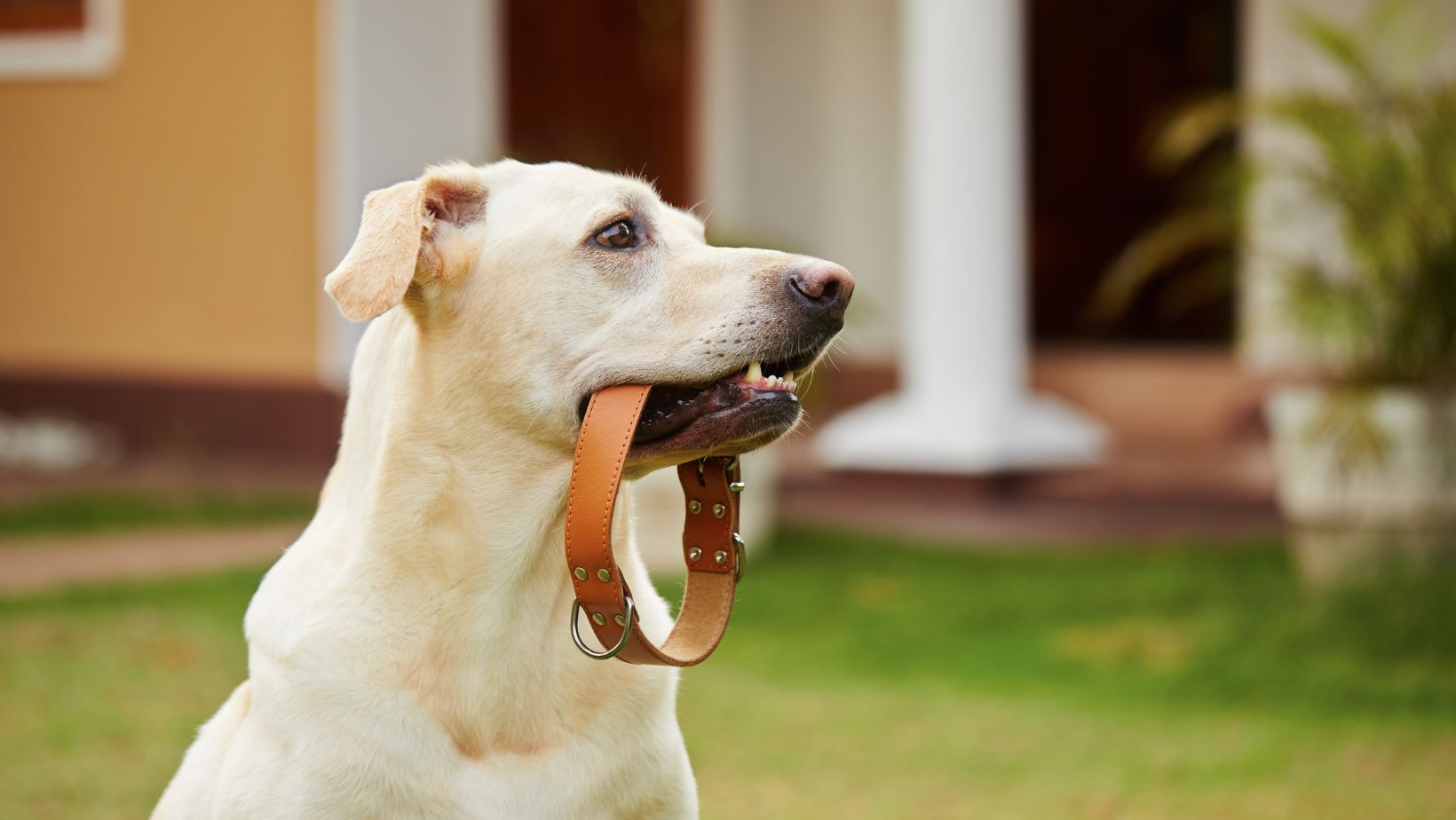How to Leash Train an Older Dog
Leash training an older dog, such as a Labrador, can sometimes pose unique challenges. However, with patience and consistency, it is possible to teach your furry friend to walk calmly on a leash. In this article, I’ll share some effective techniques and tips that can help you successfully leash train your older Labrador.
Firstly, it’s important to understand that older dogs may have developed certain habits or behaviours over time. They might be resistant to change or find the concept of walking on a leash unfamiliar. It’s crucial to approach the training process with understanding and empathy.
To start leash training your older Labrador, begin by introducing them to the leash in a positive and gradual manner. Allow them to sniff and investigate the leash before attaching it. Once they seem comfortable, attach the leash and let them drag it around in a safe environment for short periods each day.
Next, gradually introduce gentle pressure by applying light tension on the leash while encouraging your dog to move forward. Reward their progress with treats or praise when they take steps without pulling or resisting. Remember to keep training sessions short initially, as older dogs may tire more easily.
By using these methods consistently and providing positive reinforcement along the way, you can help your older Labrador become comfortable with walking on a leash. Remember that every dog is unique, so be patient and adjust your approach accordingly. With time and practice, you’ll soon enjoy peaceful walks together with your well-trained companion.
Understanding the Importance of Leash Training
Leash training is an essential skill for every dog, regardless of their age. It not only ensures the safety and well-being of your furry friend but also promotes good behaviour and strengthens the bond between you and your dog. When it comes to leash training an older Labrador or any other breed, patience and consistency are key.
Here are a few reasons why understanding the importance of leash training is crucial:
- Safety: Leash training provides a level of control over your dog during walks, preventing them from running into dangerous situations such as traffic or approaching unfamiliar dogs. It keeps both you and your companion safe.
- Exercise: Daily walks are vital for a dog’s physical and mental stimulation. By leash training your older Labrador, you can ensure they get the exercise they need to maintain a healthy weight and overall fitness.
- Socialisation: Walking on a leash exposes your dog to various environments, people, and other animals. This helps in their socialisation process by teaching them how to behave appropriately in different situations.
- Bonding Opportunity: Leash training allows you to spend quality time with your older Labrador, strengthening your bond through shared experiences and positive reinforcement techniques.
- Behavioural Control: Dogs that have proper leash manners tend to exhibit better behaviour overall. Through consistent training, you can teach your older Labrador how to walk calmly beside you without pulling or lunging at distractions.
Remember these tips when starting leash training with an older Labrador:
- Begin in a quiet environment with minimal distractions.
- Use positive reinforcement techniques like treats or praise whenever they exhibit desired behaviours.
- Gradually increase the duration and complexity of walks as their confidence grows.
- Be patient! Older dogs may take longer to adjust than puppies but with consistency and encouragement, they will learn.
By understanding the importance of leash training for an older Labrador, you’re setting them up for a lifetime of enjoyable walks and positive experiences. So grab that leash, head outside, and enjoy the journey of training your furry companion!
